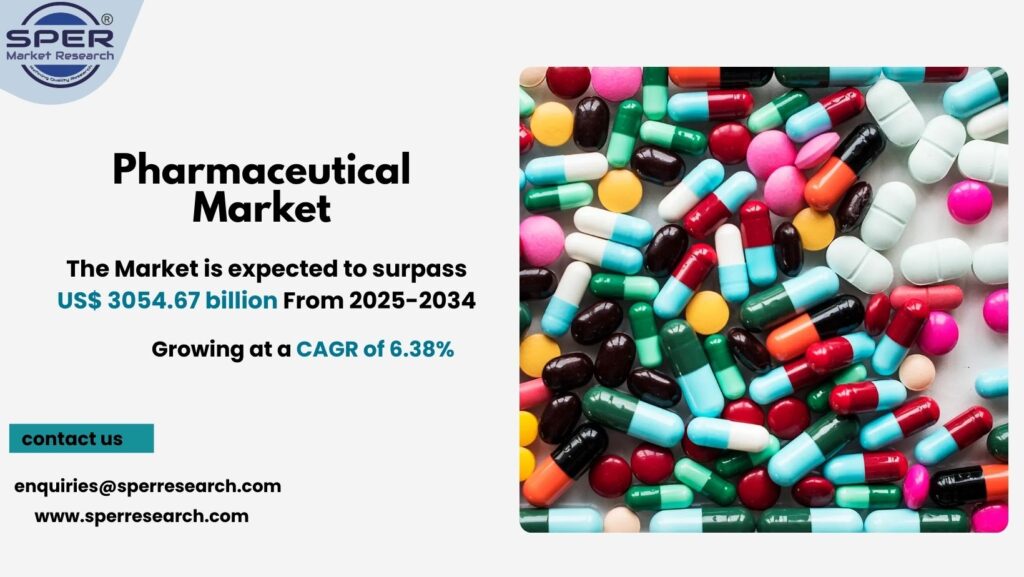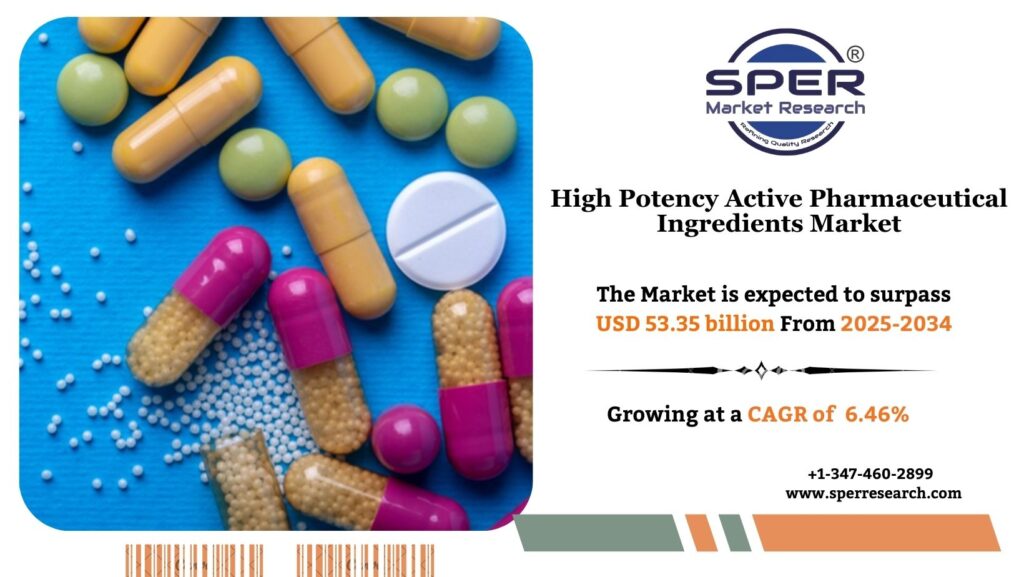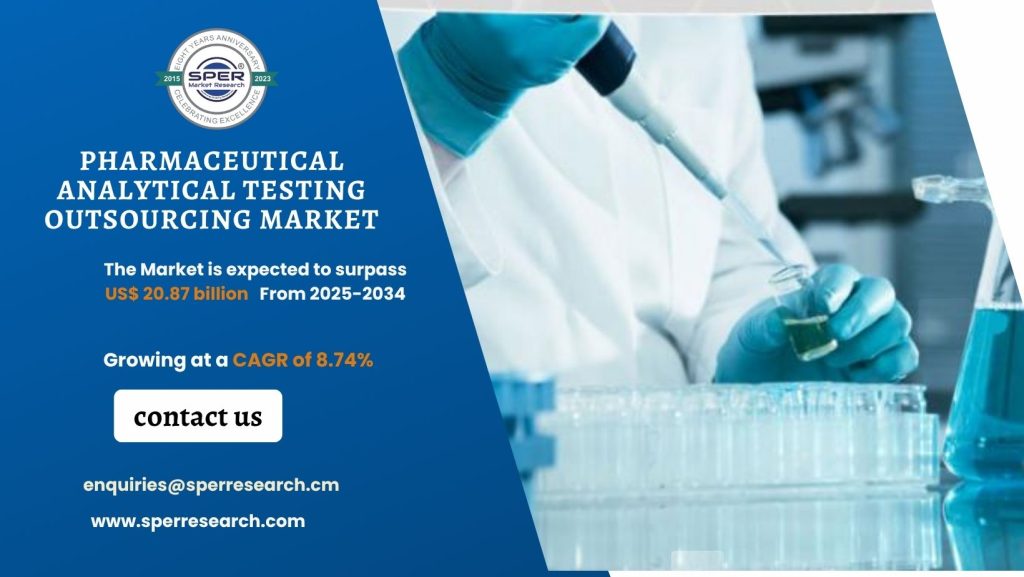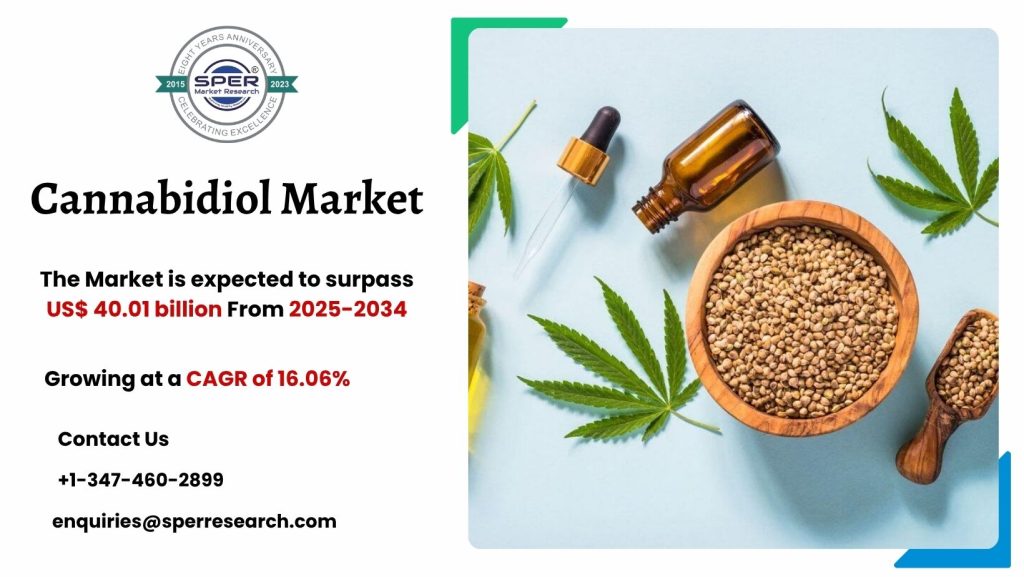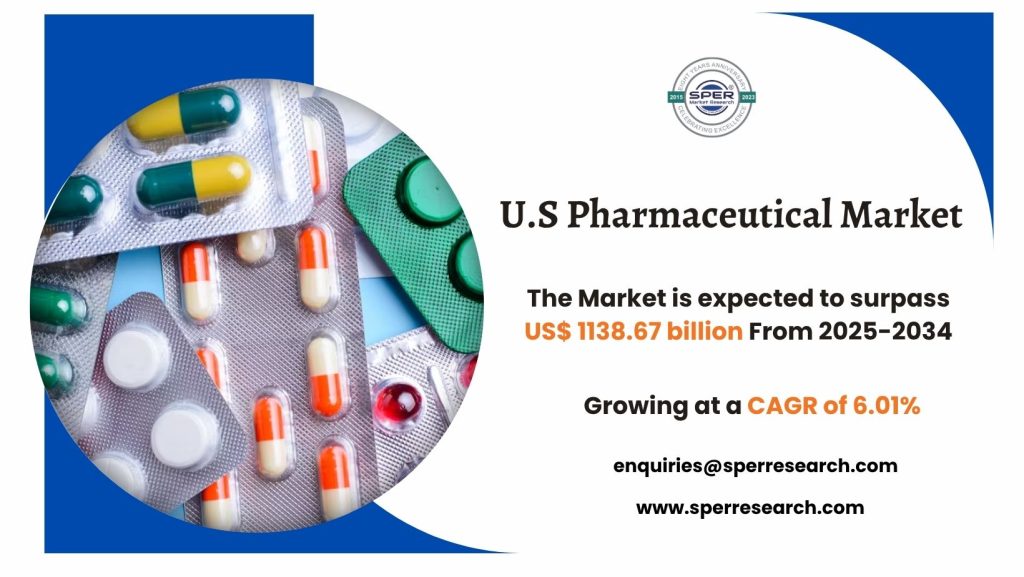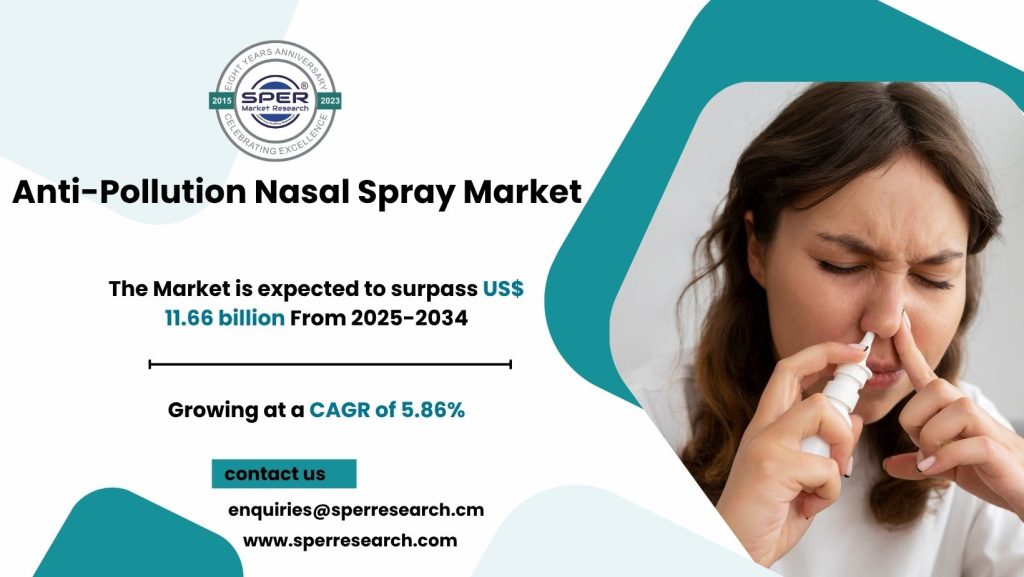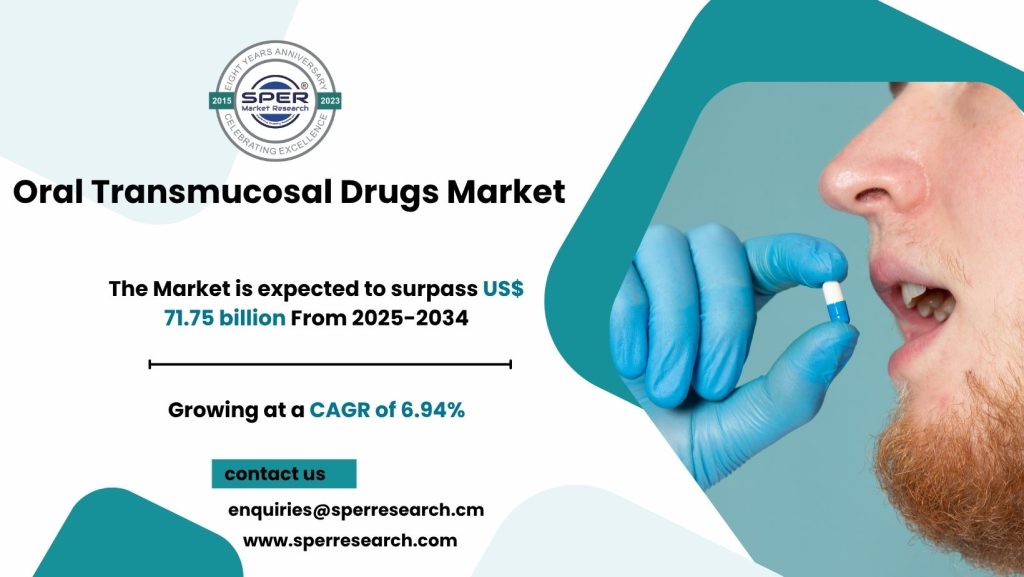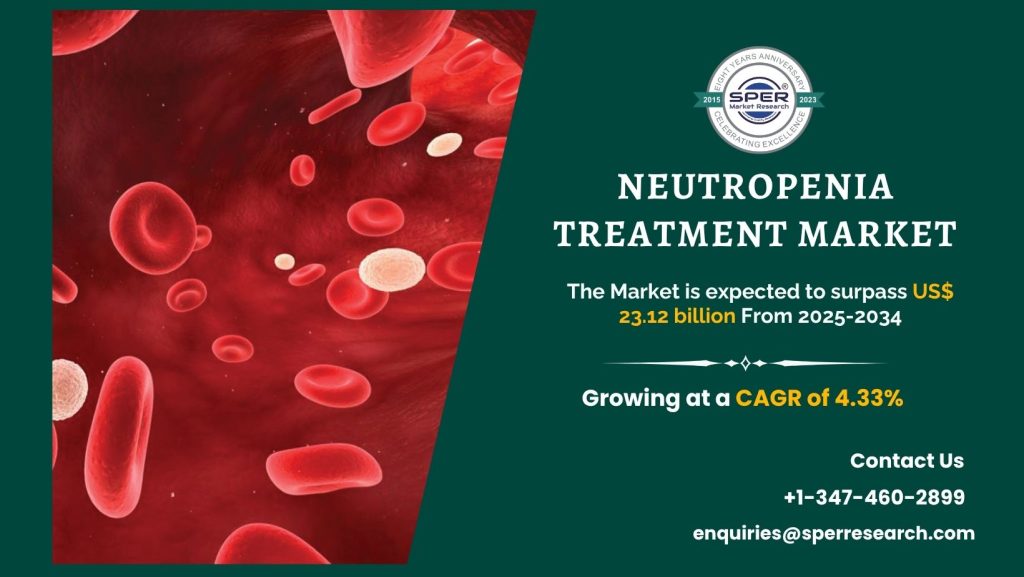Medication for atopic dermatitis aims to manage the signs and causes of this chronic inflammatory skin condition, which is characterized by redness, itching, and skin barrier dysfunction. These drugs include oral immunosuppressants and biologics for moderate to severe forms, and topical corticosteroids, calcineurin inhibitors, antihistamines, and moisturizers for milder forms. Biologics target specific immune pathways to more precisely reduce inflammation. Certain drugs, like JAK and PDE4 inhibitors, have been introduced as a result of recent developments. These medications improve patients’ quality of life, reduce flare-ups, and alleviate suffering, but long-term care and adherence remain essential.
According to SPER market research, ‘Global Atopic Dermatitis Drugs Market Size – By Drug Class, By Route of Administration, By End Use – Regional Outlook, Competitive Strategies and Segment Forecast to 2034’ state that the Global Atopic Dermatitis Drugs Market is predicted to reach 42.85 billion by 2034 with a CAGR of 9.28%.
Drivers:
The increasing prevalence of atopic dermatitis worldwide, especially in children and adolescents, is driving growth in the market for medications to treat the condition. The market is expanding due to improved access to dermatological care, rising skin health awareness, and a growing need for long-lasting and efficient therapies. Advances in biotechnology have resulted in customized medications and biologics that offer better illness control than conventional therapies. Strong R&D efforts and encouraging regulatory frameworks for new drugs are also helping to speed up pharmaceutical debuts. Pharmaceutical companies and research institutes are working together to promote innovation and expand treatment alternatives.
Request a Free Sample Report: https://www.sperresearch.com/report-store/atopic-dermatitis-drugs-market?sample=1
Restraints:
Despite the potential for growth, the market for atopic dermatitis medications is constrained in several ways. High treatment costs, especially for biologics and advanced targeted medications, might occasionally limit patient access, especially in low- and middle-income countries. The chronic and recurrent nature of the condition necessitates long-term treatment, which can be expensive and reduce adherence. The adverse effects of some drugs, like topical corticosteroids, also affect patient compliance. Regulatory barriers and lengthy approval procedures for new drugs further impede market penetration. Furthermore, in many regions, a lack of knowledge and underdiagnosis restrict the adoption of novel treatments, impeding market expansion.
North America dominates the Atopic Dermatitis Drugs Market due to its advanced healthcare infrastructure, high adoption of biologics, strong R&D activities, and supportive regulatory environment. Some of the key market players are AbbVie Inc., Eli Lilly and Company (Dermira), Galderma Laboratories, L.P., Incyte Corporation, LEO Pharma Inc. and others.
For More Information, refer to below link: –
Atopic Dermatitis Drugs Market Outlook
Related Reports:
Veterinary Ear Infection Treatment Market
Follow Us –
LinkedIn | Instagram | Facebook | Twitter
Contact Us:
Sara Lopes, Business Consultant — USA
SPER Market Research
enquiries@sperresearch.com
+1–347–460–2899

